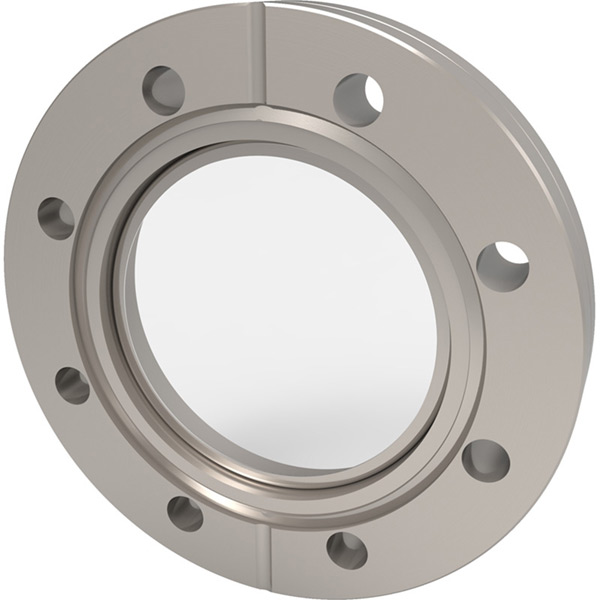Within the domain of art conservation, the intersection of technology and creativity frequently produces remarkable solutions to age-old challenges. One innovative tool becoming popular in this field is the vacuum viewport. By providing a regulated space for examining and conserving artworks, vacuum viewports open fresh pathways for conservators to investigate the intricacies of each piece while preserving its integrity.
These specialized devices facilitate careful observation and analysis and reducing the risk of contamination and damage. As conservators aim to preserve the heritage of our cultural artifacts, the application of vacuum viewports presents a unique opportunity to blend scientific precision and creative artistic awareness, ensuring that these treasured works of art can be appreciated by future generations.
Grasping Vacuum Viewports
Vacuum viewports are specific transparent elements that enable for the examination of artifacts in managed environments. They are engineered to maintain a vacuum seal while providing a unobstructed view of the artworks being studied or conserved. This technology is particularly advantageous in the field of art conservation, where the preservation of pieces can be adversely affected by external elements such as humidity, dirt, and toxins.

The construction of vacuum viewports typically includes components that can withstand atmospheric pressure while hindering the infiltration of foreign particles. Acrylic materials are frequently used, ensuring both durability and transparency. These viewports can be integrated into vacuum chambers, allowing conservators to examine objects without presenting them to the harmful elements that might result in degradation over time.
In art conservation, vacuum viewports fulfill numerous functions. They permit conservators to inspect the state of artworks carefully, facilitating the development of effective treatment strategies. Additionally, these viewports provide safe observation of objects during conservation processes, ensuring that artworks are kept in an ideal environment throughout the process.
Innovative Applications in Artistic Conservation
Vacuum viewports have changed the method to art preservation by providing a regulated space for fragile works of art. One of the most notable applications is in the analysis of paintings, where art conservators can use these windows to observe details without putting the work to outside influences. This method allows for high-resolution imaging and assessment using various methods such as IR imaging and UV light, ensuring that the condition of the piece remains preserved.
Moreover, vacuum windows facilitate the protected preservation of sensitive items like paper and fabrics. By establishing an neutral atmosphere that limits the risk of oxidation and bacterial growth, these windows provide an ideal solution for maintaining historic texts or fabrics. This keeping approach not only prolongs the duration of these pieces but also permits scientists to examine them in depth while ensuring they are shielded against external harm.
Furthermore, suction windows can be integrated with other preservation technologies, such as climate control technologies, to improve the keeping conditions for particular pieces. This integration allows for careful adjustments to moisture and temperature, further advancing the conservation effort. By combining these advanced tools, conservators can create tailored settings suited for a varied range of art works, thus broadening the potential for maintaining cultural heritage.
Advantages and Challenges
One of the primary advantages of vacuum viewports in art conservation is their ability to create a controlled environment for fragile artworks. The vacuum seal greatly reduces the presence of pollutants, such as dirt and humidity, which can cause damage over time. This protective barrier helps maintain the condition of fragile materials, allowing conservators to perform necessary repairs and assessments without the threat of additional damage. Furthermore, the clarity through the viewport enables conservators to monitor artworks closely, facilitating timely interventions.
Despite their benefits, the use of vacuum viewports does come with issues. The installation process can be complex, requiring accuracy to ensure a proper seal that effectively minimizes air exchange. If not carefully executed, breaches can occur, leading to variations in the controlled environment. Additionally, the initial cost and maintenance of vacuum systems can be a financial burden for some institutions, especially lesser-known galleries that may lack resources for advanced conservation technology.
Another challenge is the potential impact on the aesthetics of the artwork in question. While vacuum viewports are designed to be unobtrusive, there may be concerns about how they affect the viewer's perception of the piece. Conservators must weigh the need for preservation with the obligation to present the artwork in its original form, making careful decisions about when and how to employ these systems.
